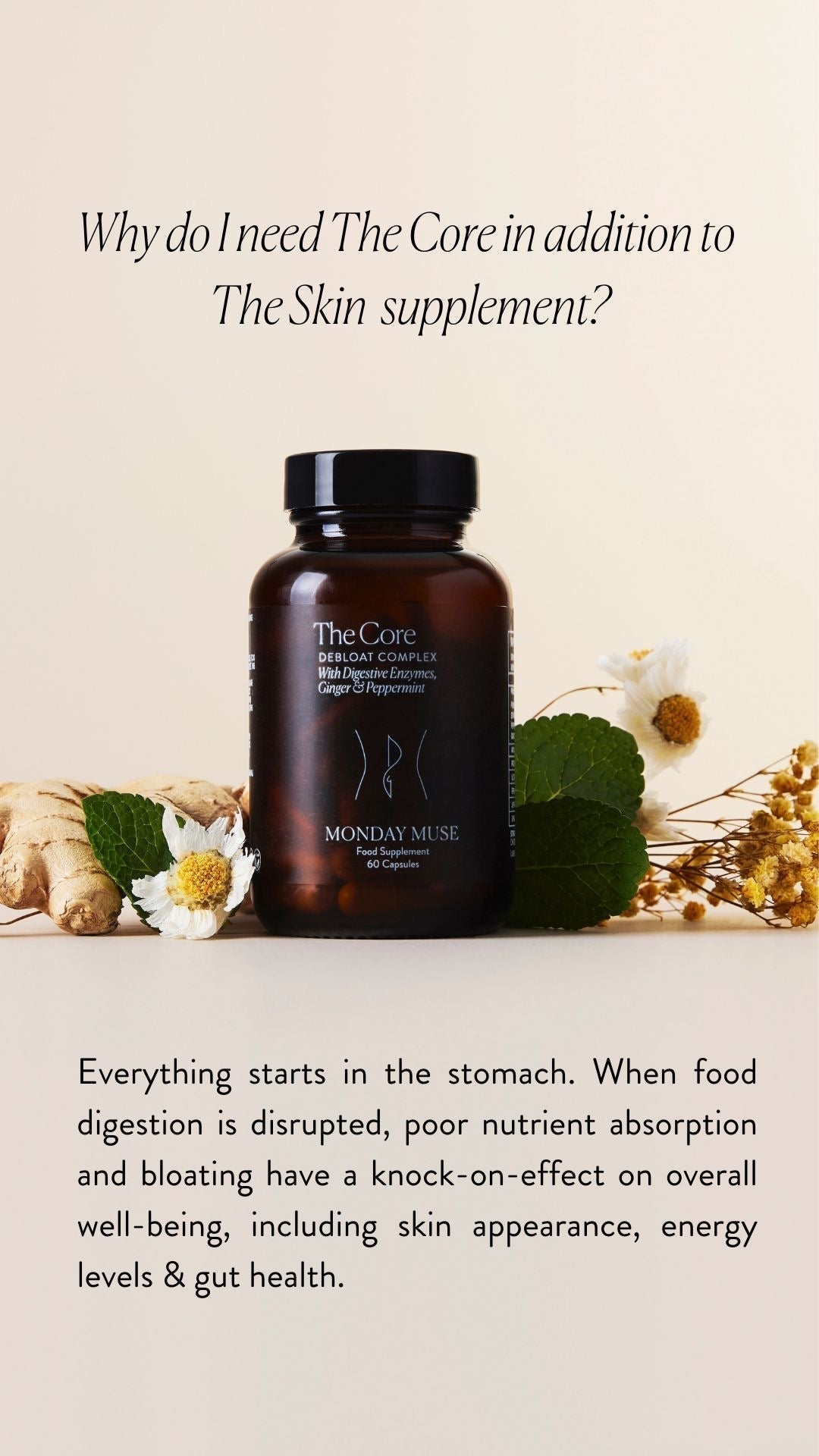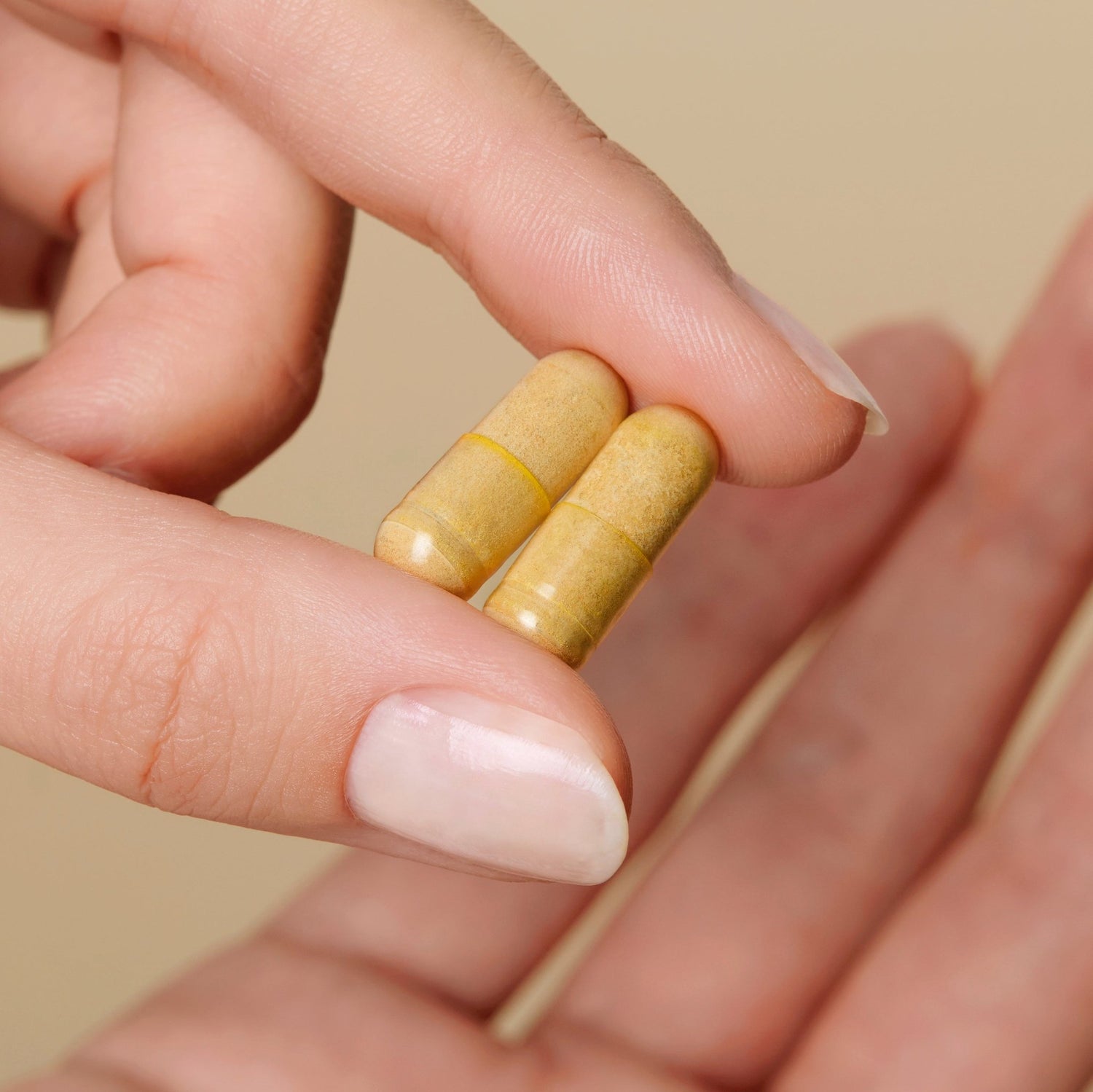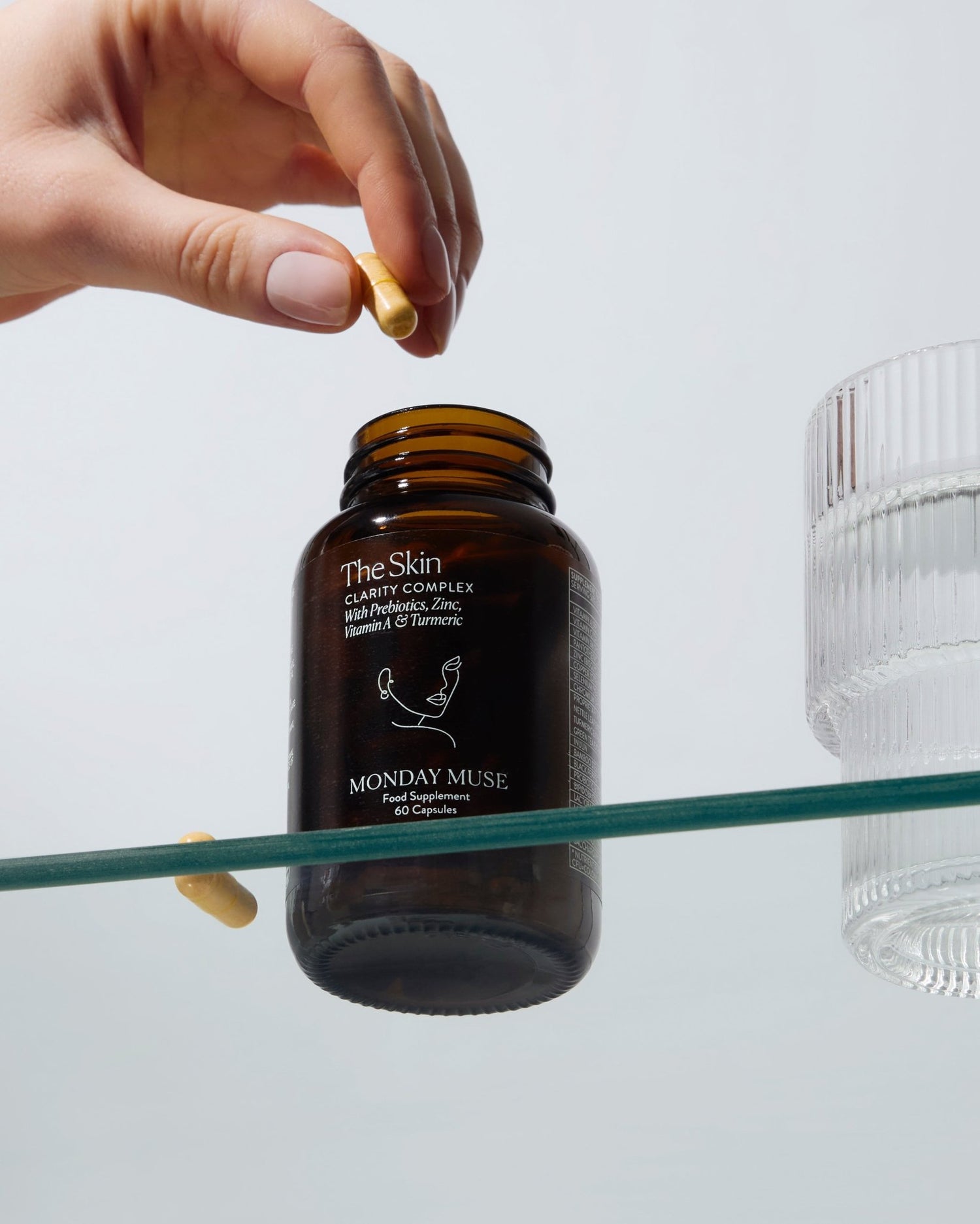Searching online or in stores and noticing the overwhelming assortment of skincare products can make it difficult to know which one to pick for your skin’s needs. This article will explain how to read the ingredient label on the back of a product. Using this as your guideline will give a better understanding of the composition of the product you are looking to buy. It will help you navigate through the confusing terrains of skincare and beauty items and help you decide on the right product.
The Ingredient List does not lie
It’s very important to recognize what you are putting on your skin. No matter what marketing claims are made or what someone tells you, the ingredient list, also known as the INCI list, does not lie (except for a few caveats). The INCI names (International Nomenclature of Cosmetic Ingredients) are the universal terms of cosmetic ingredients to ensure that globally, everyone understands what the product is comprised of. This makes it more difficult to read the ingredients as these names are often long and technical. Thus, it can be a little daunting to understand what a product is made of, but that is where Google becomes your best friend: there are many resources available online that will be able to further explain each individual skincare ingredients in a matter of seconds. I highly recommend doing this as it is important to educate yourself and become familiar with skincare ingredients, their function and use it as a general guideline before committing to a purchase.
How to actually read an ingredient list
The first thing to understand is that ingredients are listed from highest to lowest concentration. What is at the top of the list is at a higher concentration than what is at the bottom. The second thing to know is that any ingredient lower than 1% does not have to be in any order any more. This means that any ingredient below 1% can be randomly listed, which can be a little misleading. Overall, you want to compare the key ingredients or active ingredients the brand has mentioned to be beneficial to the skin and look if and where they are on the label. Lastly, you want to check for any ingredients that you might have an allergy to, usually allergens are listed at the bottom of the label.
A lower concentration does not equal a bad product
I used to think that if the key ingredients would not be at the top of the label, the brand was trying to sell me a low-performing product. Now that I have a diploma in skincare formulation and work closely with a cosmetic chemist, I know better. Skincare is very nuanced and there are many ingredients that perform really well and are safer at a lower percentage, this can be even at a concentration below 1%. The supplier that develops the raw material will test the ingredient and determine the right range for topical use, and this guideline will then be followed by the chemist to ensure a safe yet effective formulation. For example, a popular ingredient like hyaluronic acid is often used anywhere between 0.2%-2%, as any higher will be too much for the skin.
There is also the element of quality of ingredients. Sourcing active ingredients and natural extracts can really vary in quality, and therefore potency. This means that a high-quality ingredient could be used at a lower % due to its strong efficacy.
It is not to say that all ingredients should be at a lower percentage but it is a common misconception to think that the higher the % of ingredient in the formula, the better the product is.
Again, skincare is very nuanced and finding the right product for your skin is a journey. Hopefully this helps you understand the complexity of a product and how to interpret the ingredient list a bit better.





